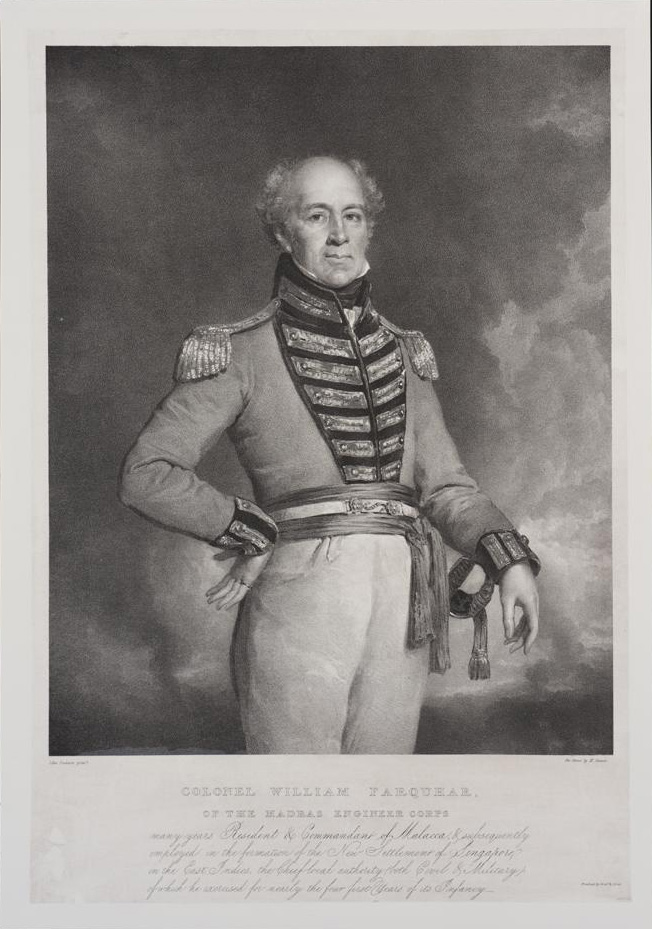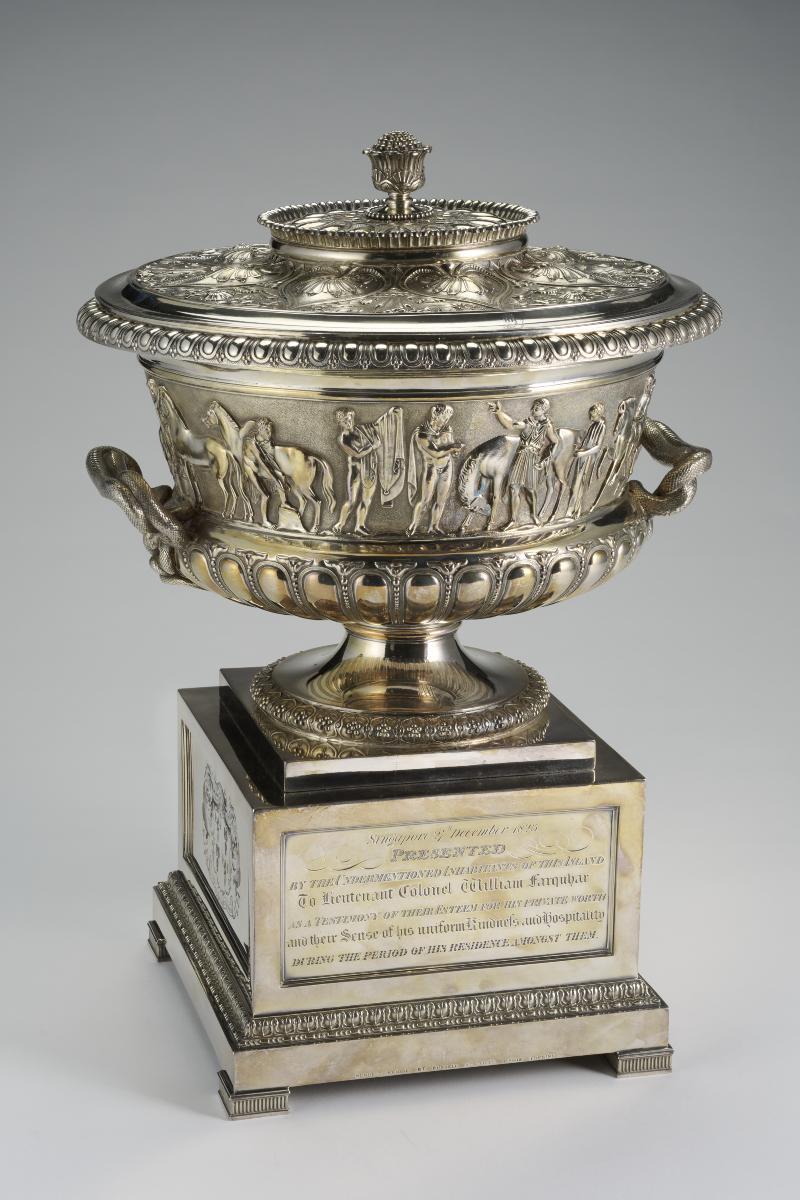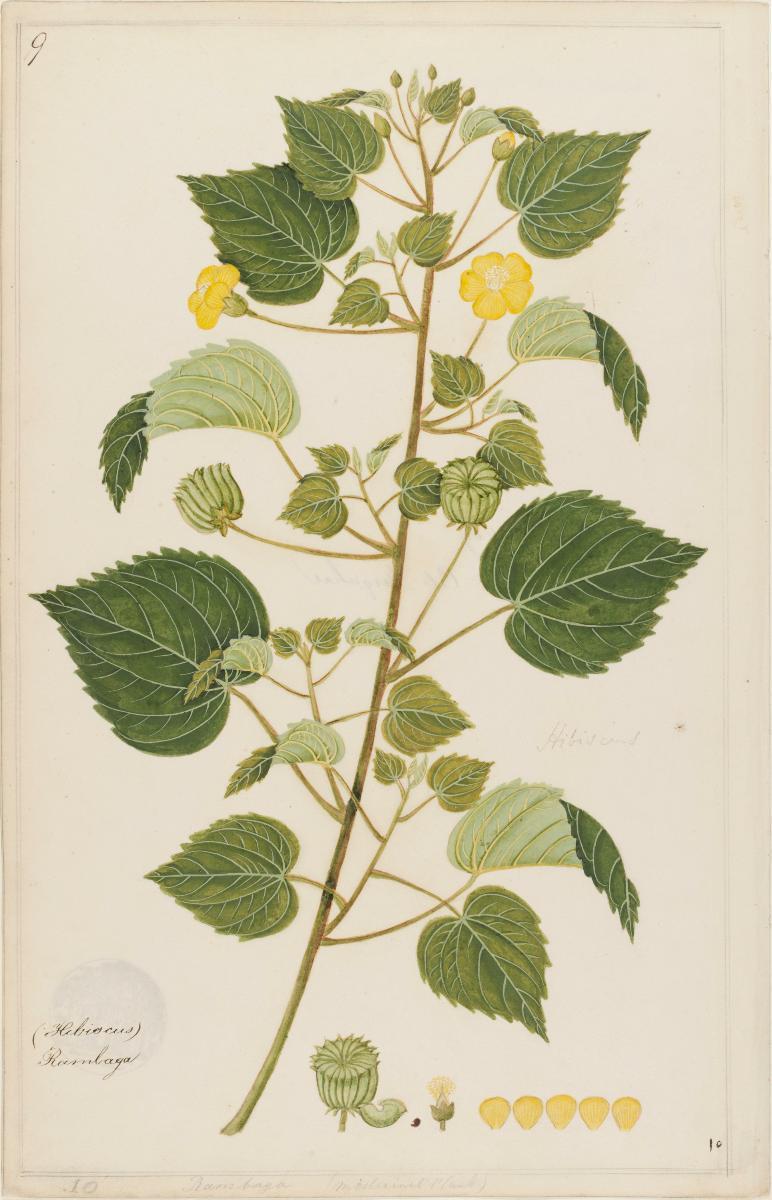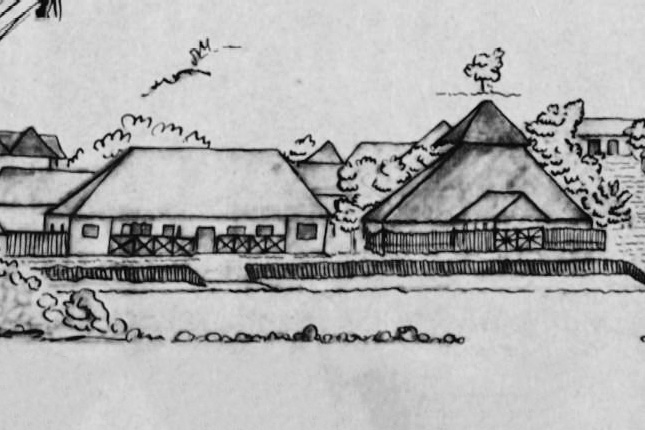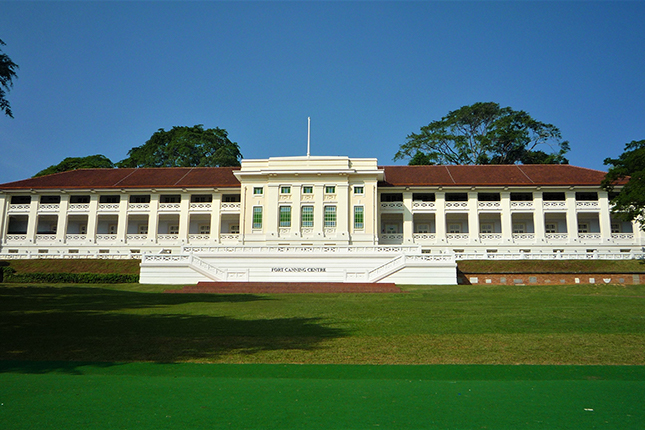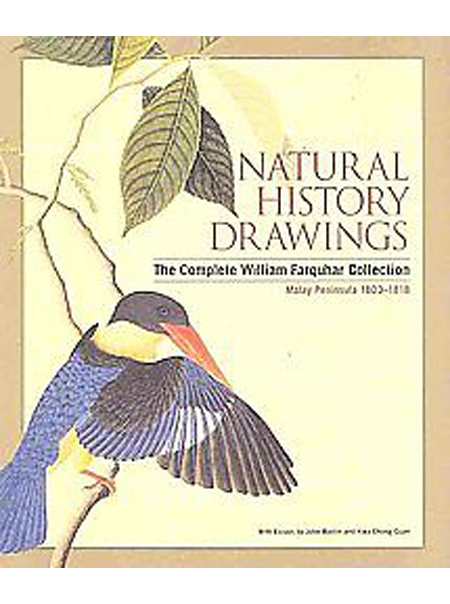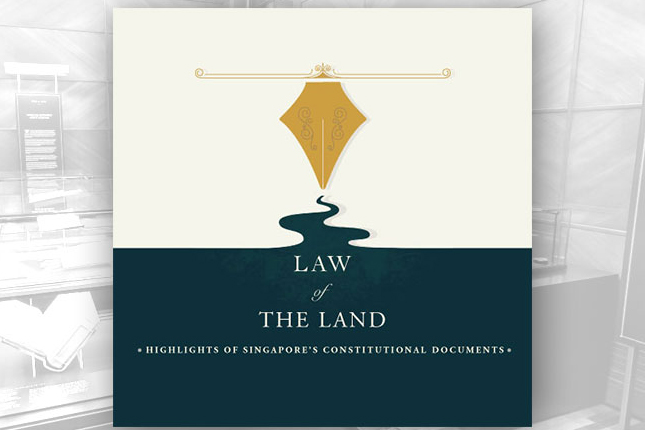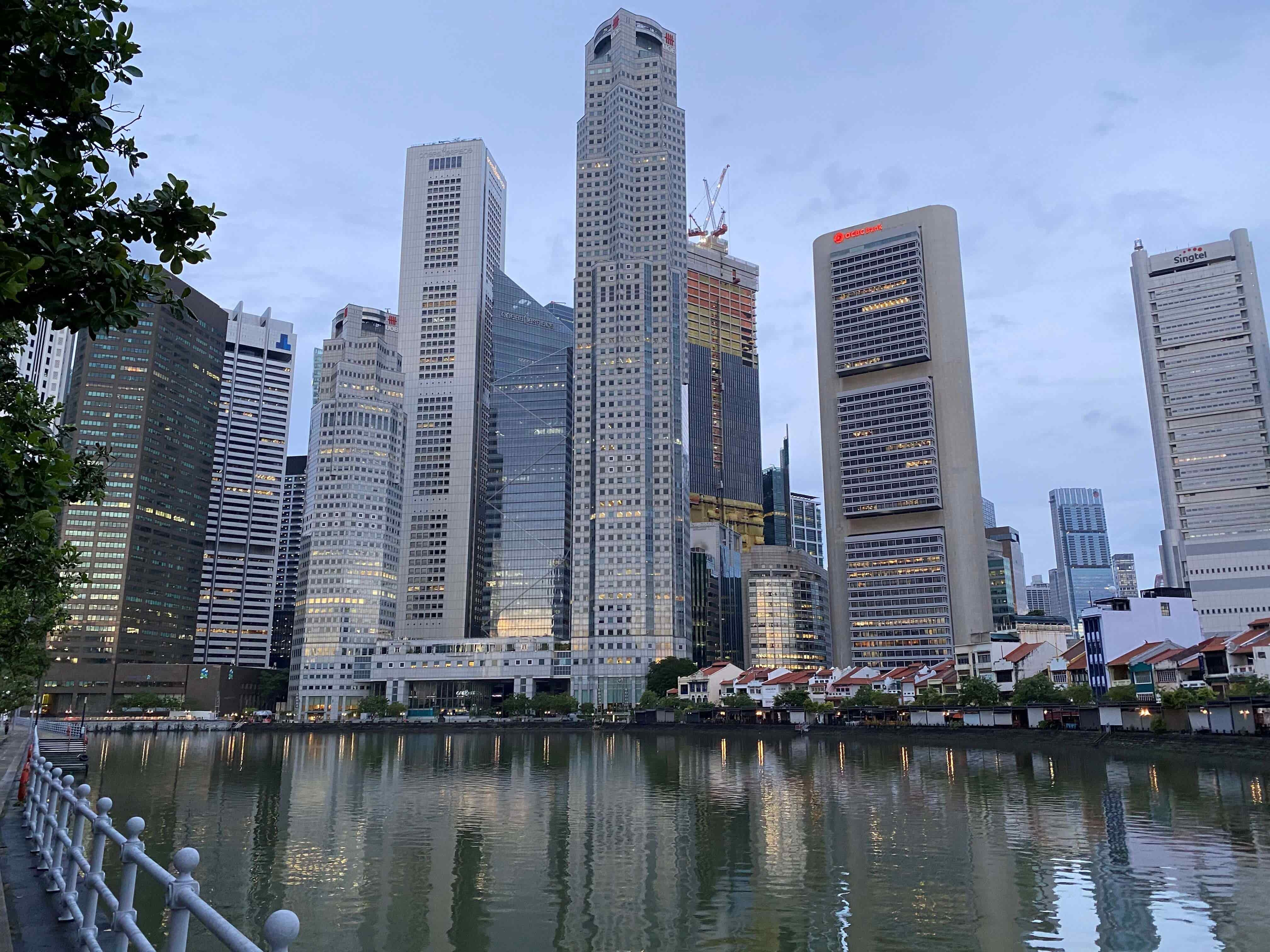Most Singaporeans know that Major-General William Farquhar was with Sir Stamford Raffles when he arrived in Singapore, and that he was the one who stayed to oversee the newly established trading settlement in 1819. However, beyond sweeping statements in history textbooks, the details of his contributions to Singapore remain unclear, and a mystery to many.
Learn more about Farquhar, the main man responsible for building up the entrepot in its early years.
Farquhar’s career
Major-General William Farquhar was an employee of the East India Company from the age of 17 and became a lieutenant in the Madras Engineers at 19. He was Chief Engineer in the expeditionary force which took Malacca from the Dutch in 1795. He was officially appointed Resident and Commandant of Malacca in 1813, which earned him his reputation for reliability and trustworthiness. His fluent Malay and knowledge of local customs also made him a popular and well-respected figure.
Farquhar was present at the meeting with Temenggong Abdul Rahman in Singapore, and the signings of the very first provisional agreement on 30th January 1819 and the Singapore Treaty on 6th February 1819 – the first historical step towards establishing the port on the island.
Raffles appointed him Resident and Commandant of Singapore, and left him with the responsibility of establishing the trading settlement. Going beyond official documents, it has been said that Raffles was the visionary while Farquhar was the man of action, carrying out the practical, day-to-day tasks to turn ideas into reality.
Building up Singapore from 1819
Affectionately known as the “Rajah of Malacca”, Farquhar was well-loved by many and word of his new role in Singapore caused an exodus of merchants from Malacca to settle in Singapore instead. The population grew and the port conducted 8 million Spanish dollars of trade under Farquhar’s watch. However, this did not come without a price.
Farquhar had adopted measures in his administration which conflicted with Raffles’ instructions, such as allowing the erection of houses and godowns on the Padang, as well as on the nearby banks of the Singapore River. His pragmatism even went as far as permitting gambling and slavery.
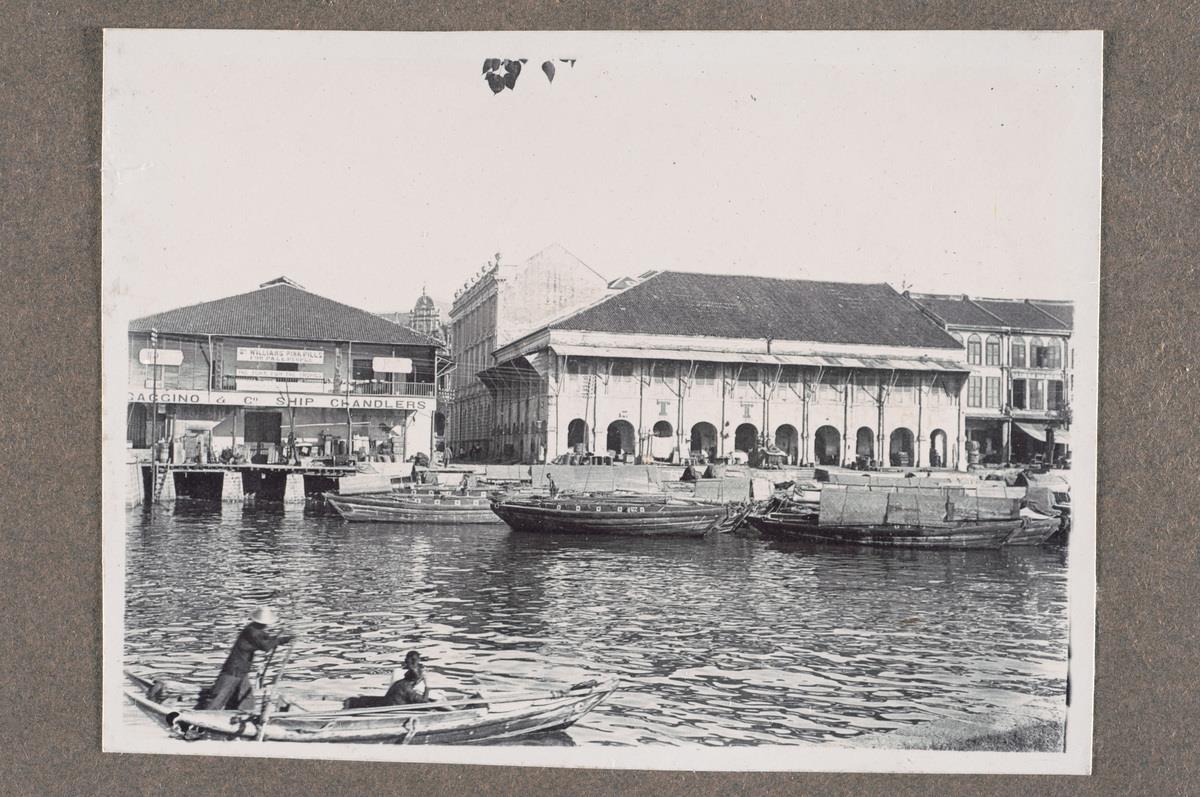
Raffles held on to lofty goals for Singapore such as education, urban planning, and the enforcement of law and order, while aiming to resolve issues such as slavery, piracy and friction among immigrant groups. However, the reality was far from ideal as Farquhar took a more permissive approach in his leadership. He made do with the resources he had to ensure the port’s survival – even if the plans deviated from Raffles’ specific directions.
Farquhar’s dismissal from Singapore
When Raffles returned to Singapore in 1823, he was furious to find out that his plans had been neglected, and that local vices such as trading of opium and slaves were being tolerated. Farquhar was effectively dismissed and he was succeeded as British Resident by Dr John Crawfurd.
When Farquhar left Singapore at the end of 1823, he was accompanied to the beach by an outpouring of tributes from Singapore’s multi-ethnic community. A farewell salute was given, accompanied by some Siamese vessels firing their guns in his honour. Local boats escorted him to his main ship, the Alexander, while it sailed away.
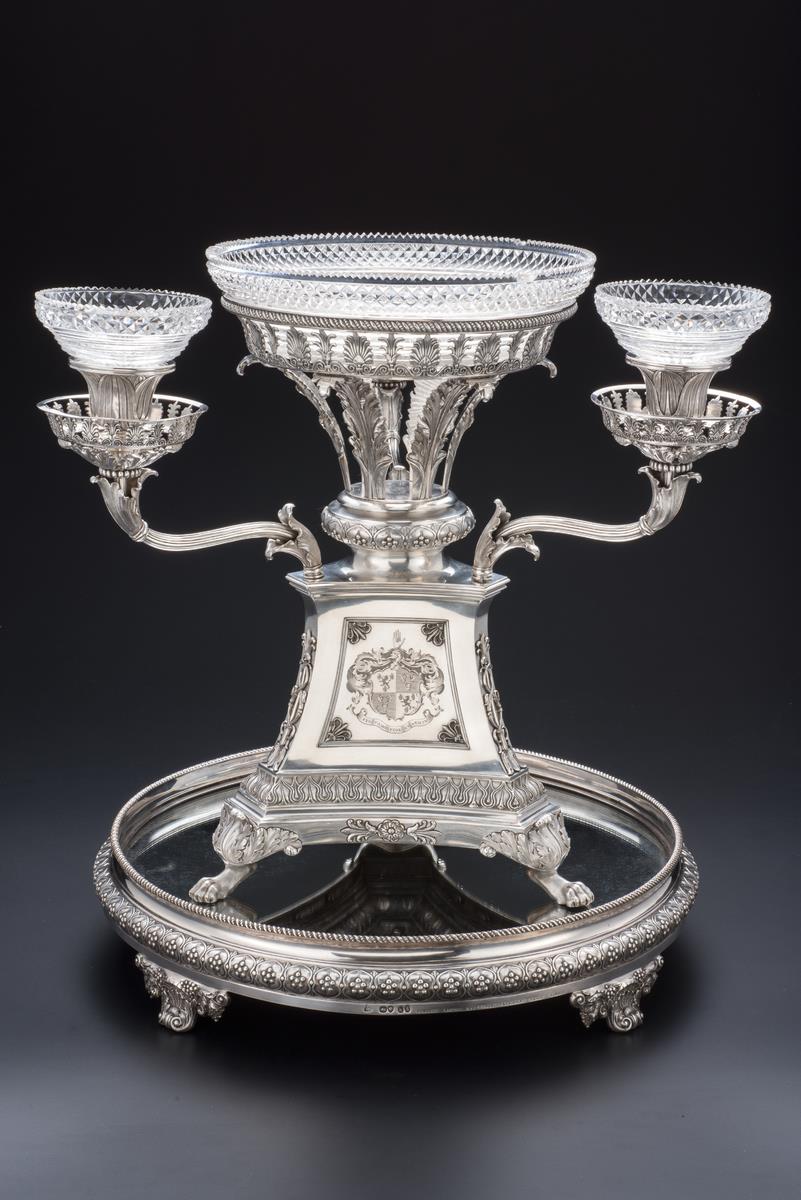
The silver epergne that the Chinese community presented to Farquhar as a parting gift is on display at the National Museum of Singapore.
William Farquhar Collection of Natural History Drawings
Farquhar supervised the planting of cloves and nutmeg at the bottom of Fort Canning Hill. Beyond the botanical realm, he was also involved in the discovery and identification of several indigenous species, such as the Malayan tapir. He even kept one as a pet.
Another legacy of William Farquhar is the William Farquhar Collection of Natural History Drawings. This collection provides us with a tangible record of the rich biodiversity of the Malay Peninsula in the 19th century.
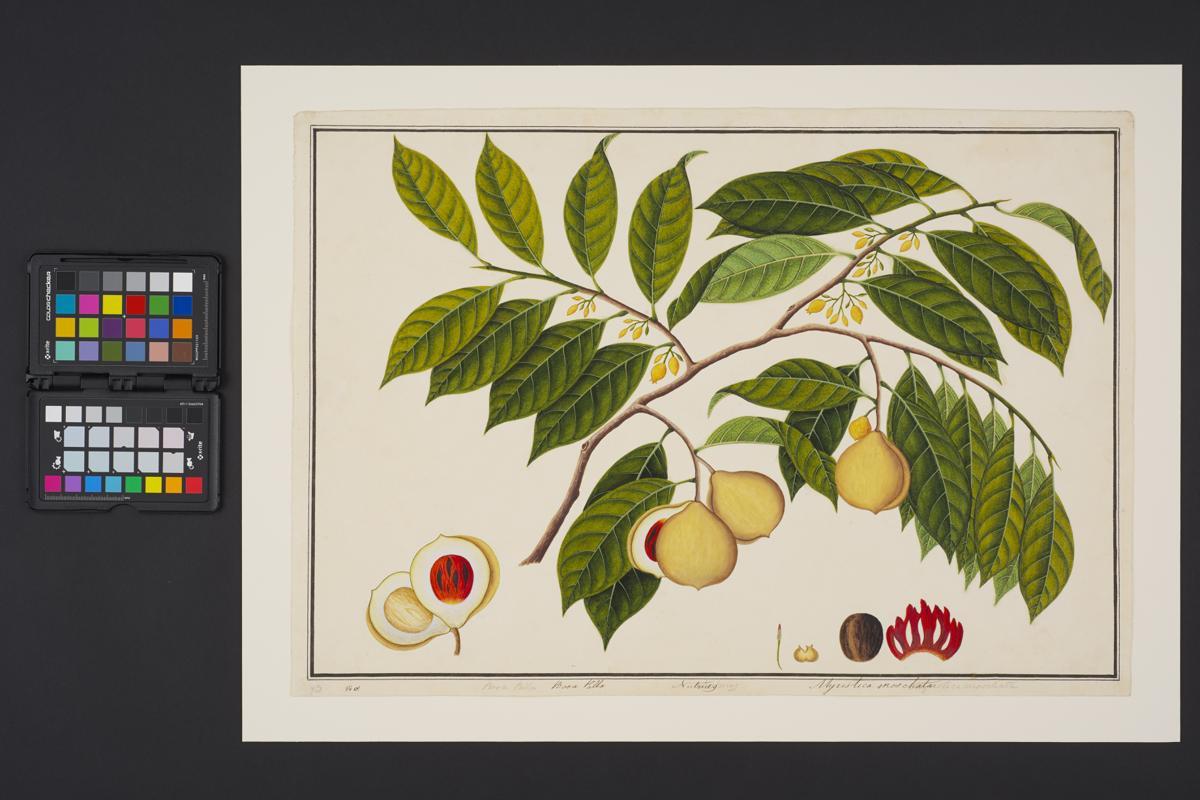
Consisting of 477 watercolours of plants and animals, the entire collection was commissioned by Farquhar and drawn by Chinese artists. Besides their artistic value, the paintings also hold scientific importance. The depictions of the plants and animals are detailed, and are all accompanied by their scientific and/or common names in Malay or English. With this passion for natural history, it is fitting that the wild nutmeg (gymacranthera farquhariana) is named after him.
For his contributions to the founding of modern Singapore and the early years of its development, Farquhar has an important place in Singapore’s history.




